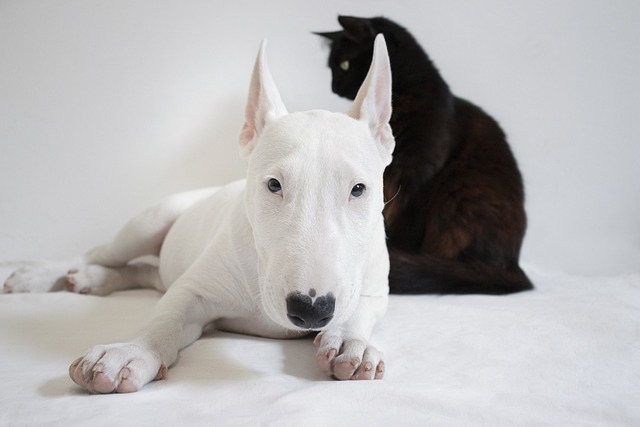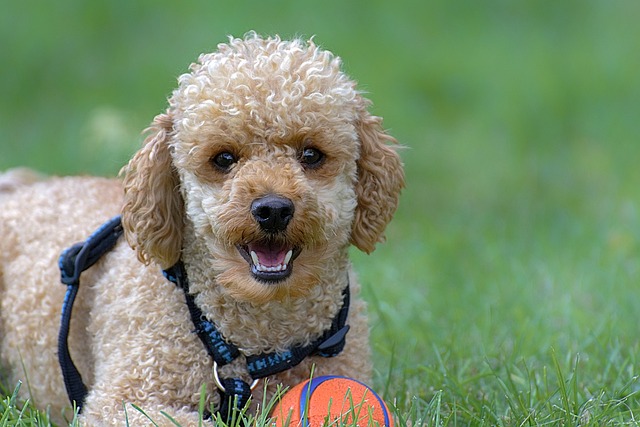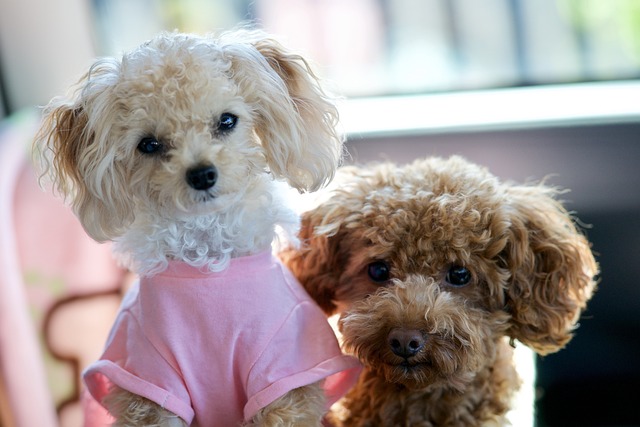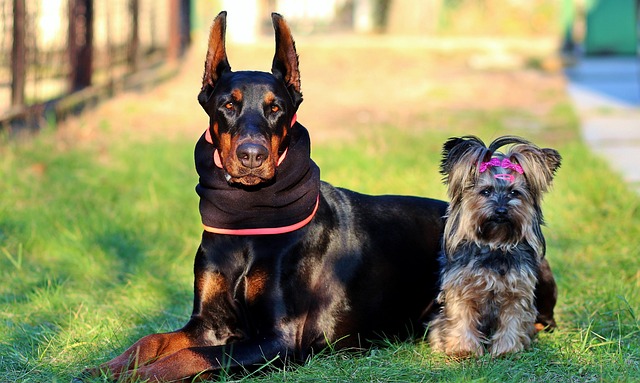
What causes kennel cough?
Most dog owners first notice kennel cough when their pup starts making that distinctive honking sound—often after a trip to the dog park or a stay at a boarding facility.
If you’ve ever stared at a bag of store-bought dog treats, wondering if they’re worth the cost or filled with unnecessary additives, there’s a simple solution: make your own using dry dog food. It’s budget-friendly, customizable, and uses a staple you already have on hand—plus, your pup will go crazy for the familiar flavor with a fun twist. Many new owners assume homemade treats require fancy ingredients, but dry kibble-based treats rely on basic binding agents and minimal prep, making them perfect for busy schedules.
The science here is straightforward: dry dog food is already nutritionally balanced for your pup, so rehydrating and reshaping it turns a meal staple into a exciting reward. Kibble absorbs moisture easily, which helps it stick together when formed into shapes—no complicated baking skills needed. Start with 1 cup of your dog’s regular dry food (choose a high-quality brand with real meat as the first ingredient) and grind it into a coarse powder using a blender or food processor. If you don’t have a grinder, place kibble in a plastic bag and crush it with a rolling pin—this works just as well for small batches.

Next, add binding ingredients: mix in ¼ cup of warm water and 1 tablespoon of peanut butter (unsweetened, no xylitol, which is toxic to dogs) until a dough forms. If it’s too crumbly, add a splash more water; if too sticky, a pinch more ground kibble. Roll the dough to ½-inch thickness and cut into shapes with cookie cutters (bone-shaped works great!) or a knife. Bake at 350°F (175°C) for 15–20 minutes until crisp, then let cool completely. Store in an airtight container for up to a week—they’re perfect for training sessions, where positive reinforcement (instead of scolding) builds trust and follows U.S. animal welfare standards.
For apartment dwellers, these treats are ideal—they bake quickly without filling your space with strong odors, and you can make small batches to avoid clutter. When using them for outdoor training, always carry biodegradable poop bags (fines for not cleaning up reach $250 in Austin) and keep your dog on a 6-foot leash (mandatory in most cities). Ensure your dog’s vaccines (rabies is required nationwide) are up to date before taking them to parks to practice training with their new treats. Never overfeed treats—stick to 10% of their daily calories to avoid weight gain. With this easy method, you’ll save money, know exactly what’s in your pup’s rewards, and make training sessions even more enjoyable.

Most dog owners first notice kennel cough when their pup starts making that distinctive honking sound—often after a trip to the dog park or a stay at a boarding facility.

So, a friend has asked you to watch their furry best friend—how exciting! Whether it's for a weekend or a week, successful dog sitting starts long before the paw

If you’re a first-time dog owner staring at your new pup—whether it’s a fluffy golden retriever puppy or a calm rescue adult—you might be asking yourself, “Where do I even start?”

Bringing home a new dog—whether a wiggly puppy or a calm adult—feels exciting, but it’s easy to feel lost about where to start.

Bringing home a tiny Chihuahua or Yorkie puppy is exciting, but figuring out what to feed them can feel overwhelming.

If you’ve ever stared at a bag of store-bought dog treats, wondering if they’re worth the cost or filled with unnecessary additives